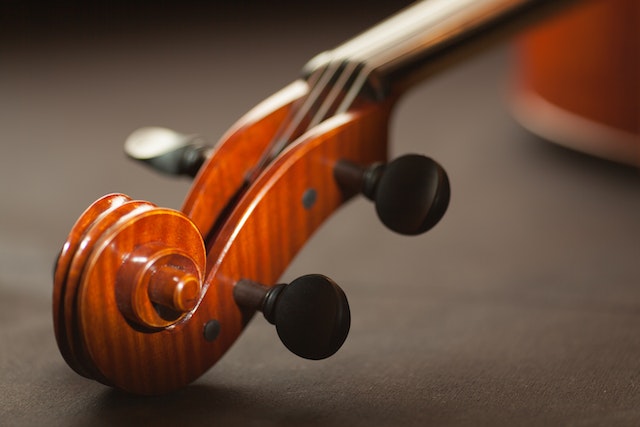Beethoven’s Violin Concerto Op.61 is a central work of violin literature and his only violin concerto. It was composed in his most creative and productive period of his life, in the first decade of 1800s. Even this concerto is understood to be written in just a few weeks time. The piece was commissioned by his violinist friend Franz Clement, director and concertmaster of the Theater an der Wien. It premiered in Vienna on December 23, 1806, and the first printed edition came out in 1808, dedicated to Stephan von Breuning.
The premiere was a benefit concert for Clement and the reception was mainly negative. There are more reasons for the unfortunate response of the audience. According to recollections Beethoven finished the composition (or the solo part) only two days before the concert and Clement had to sight-read on the stage. There was no time for adequate rehearsal either and the piece was regarded by the musicians very difficult. According to sources Clement, between the first and second or after the last movement (accounts of the event differ), had to improvise on one string, with his violin upside down, in order to impress the audience.
In fact, it took almost four decades to have the first proper performance of this remarkable music. In 1844, conducted by Felix Mendelssohn, the then 12-year-old violinist Joseph Joachim with the orchestra of the London Philharmonic Society, made the magic happen. Young Joachim prepared hard, memorized the whole score and composed his own cadenza part. A reviewer wrote, “He performed Beethoven’s solitary concerto, which we have heard all the great performers of the last twenty years attempt, and invariably fail in… its performance was an eloquent vindication of the master-spirit who imagined it.” Joachim later called the piece “the greatest German violin concerto”.
The Violin Concerto in D Major is enormous, just the first movement is more than 15 minutes, and the usual complete playtime is around 42 minutes. Another unique feature of this composition is the opening. It begins, unprecedentedly, with a timpani solo. This foreshadows a piece that will be built up from simple elements and where timpani will be a leading motif (of the first movement).
Over the years many composers made their own cadenzas for the end of the first movement, in most performances today audiences are most likely to hear the one created by violinist Fritz Kreisler. At this part during the premiere, Clement made his own improvisation. Some say, that even the 6/8 ‘hunting’ theme of the rondo finale was composed by him and not Beethoven.
This concerto is not heroic or dramatic, not even virtuosic in the extreme. It is simple and beautiful. As Eugène Ysaÿe, a Belgian virtuoso violinist put it, “Its greatness lays not in its technique but in its cantabile, its singing.”
Beethoven, at the request of Muzio Clementi, later made a new version of the piece for piano and orchestra, published as Op. 61a.






